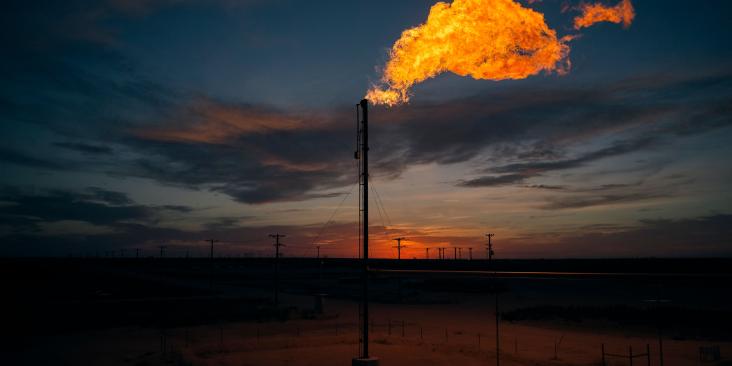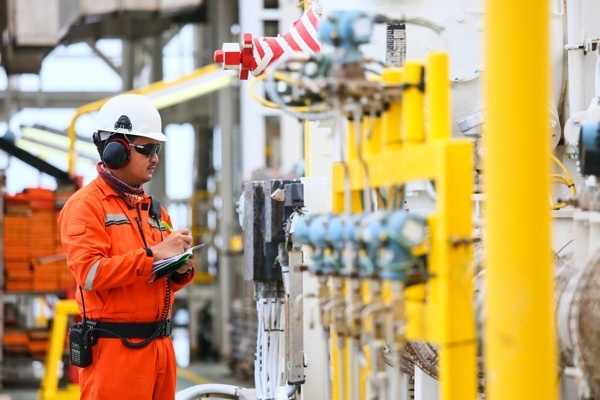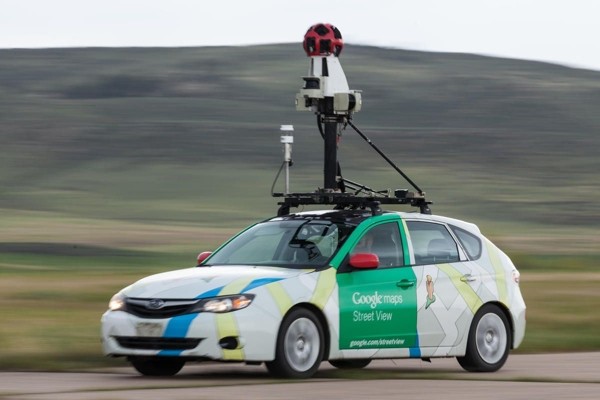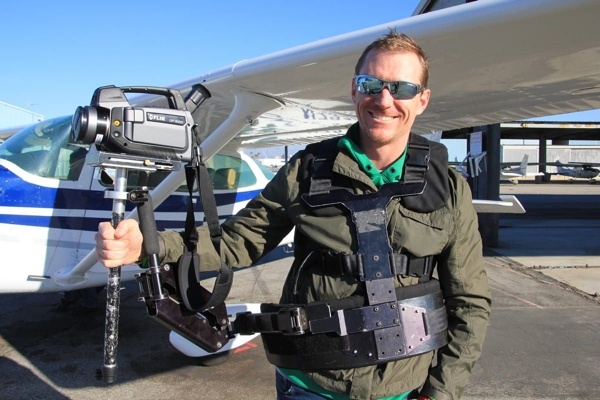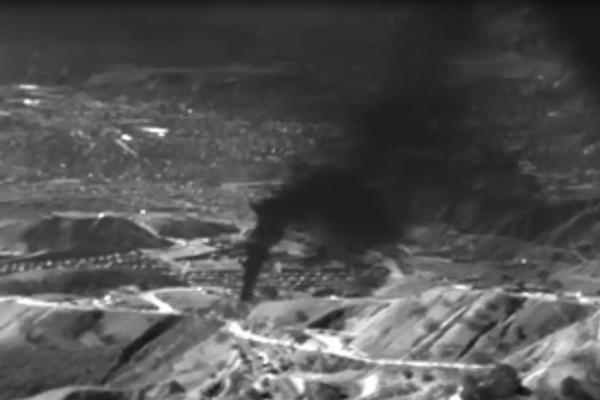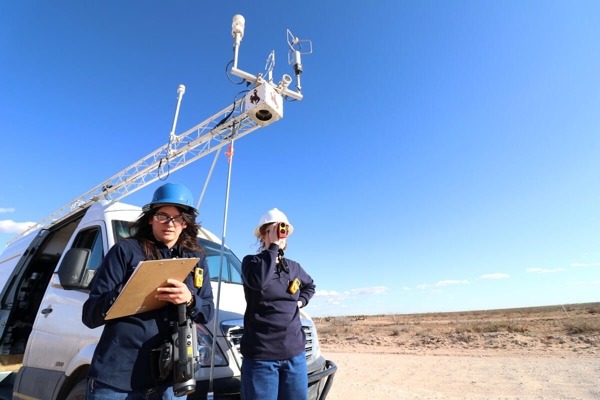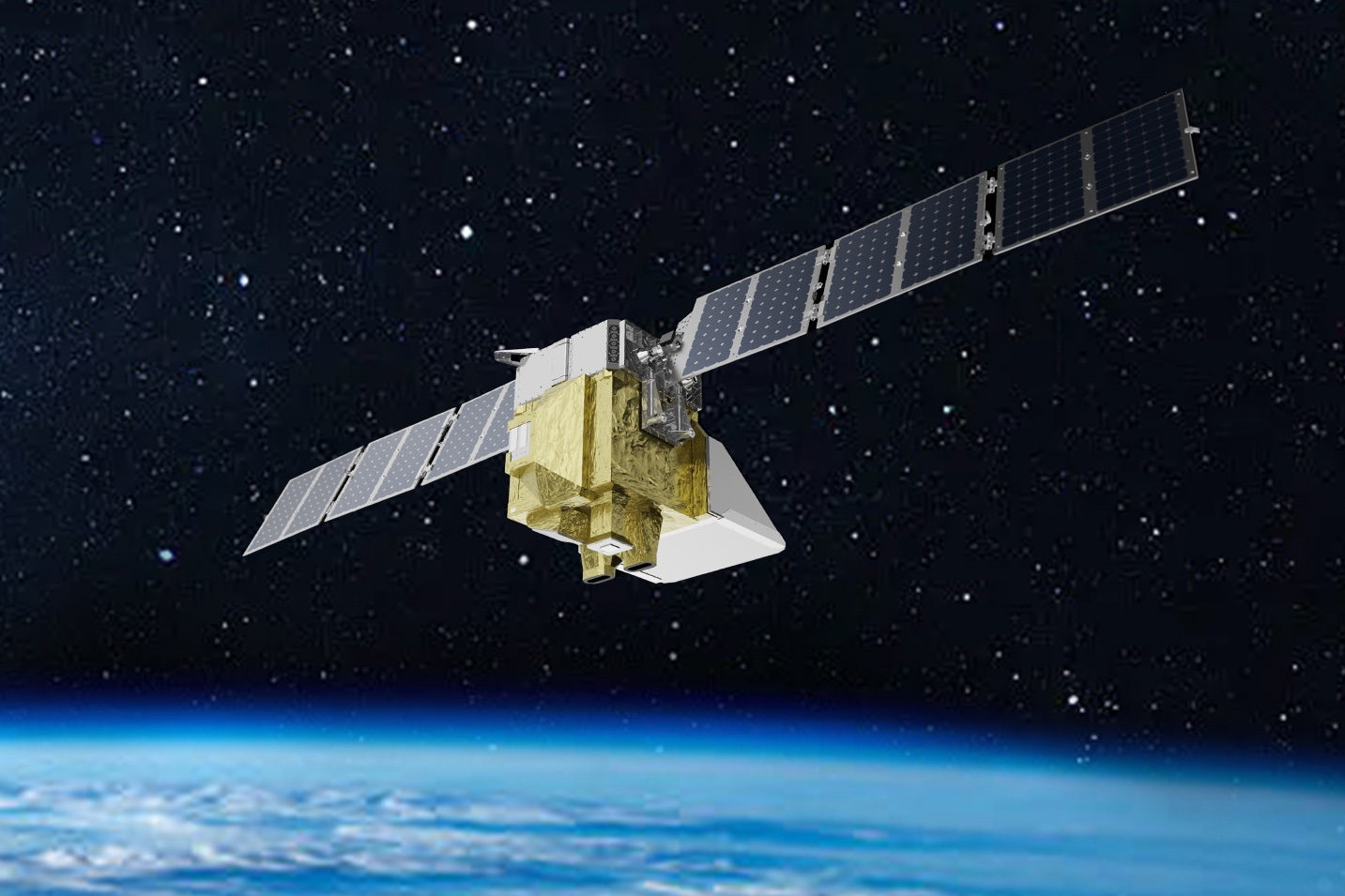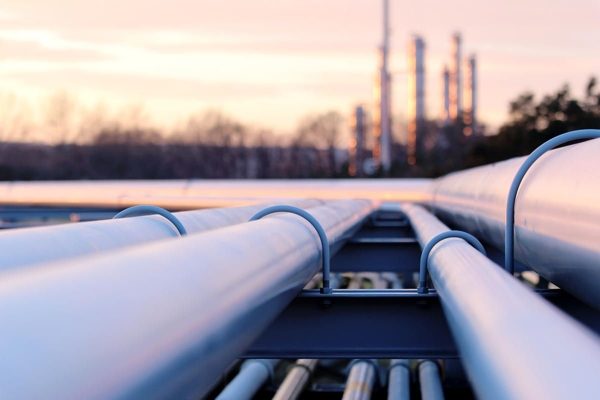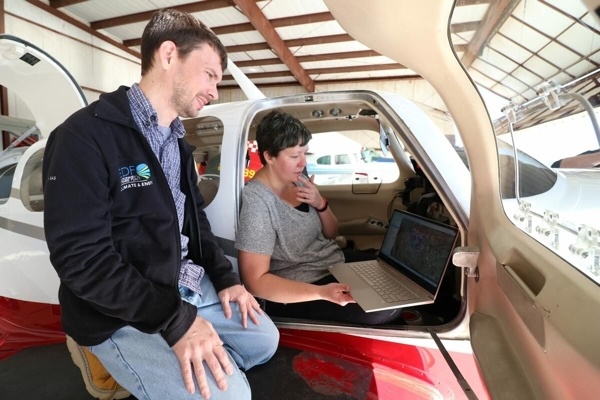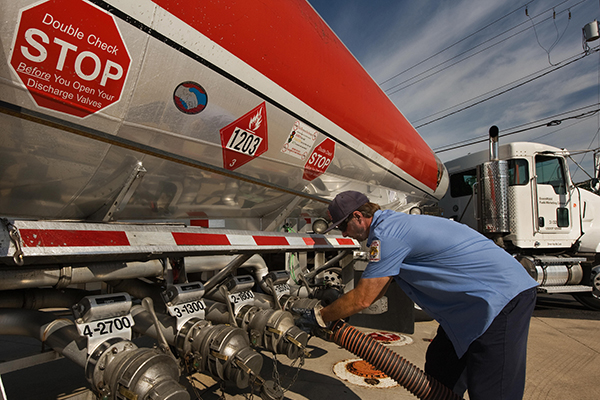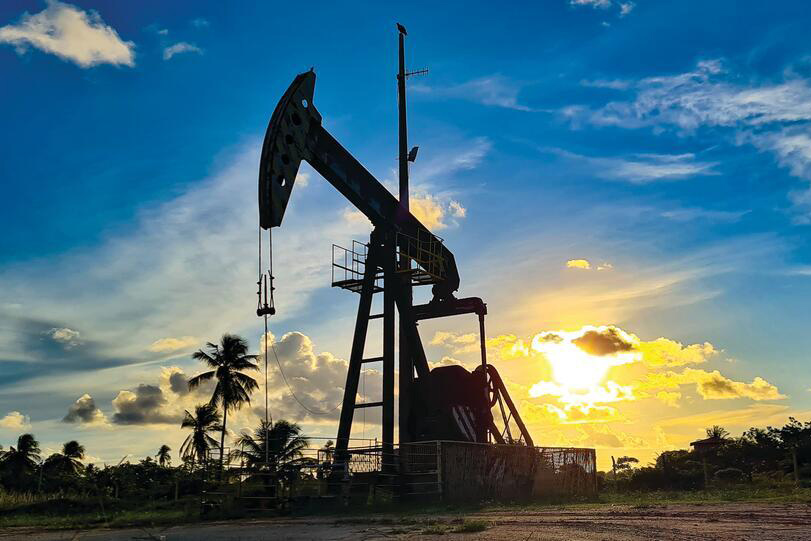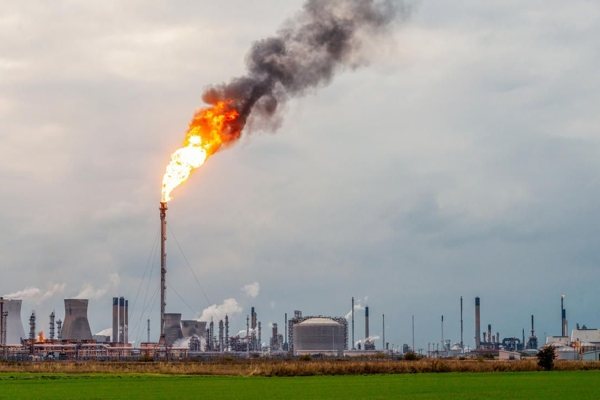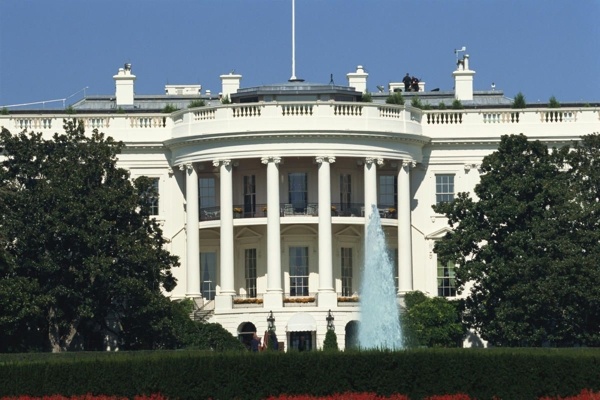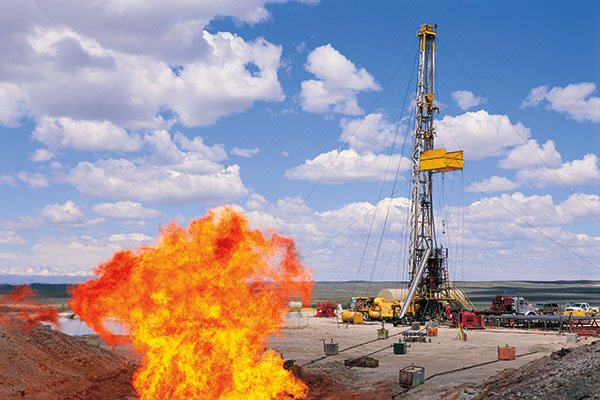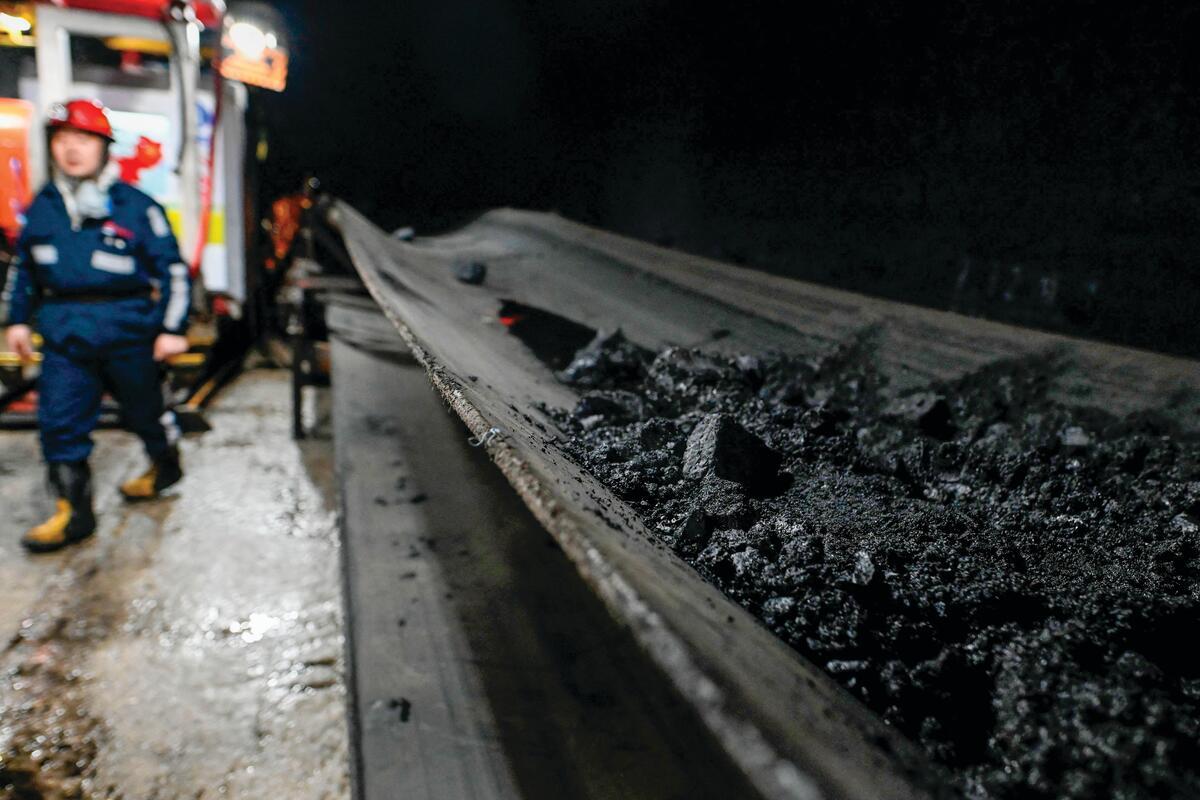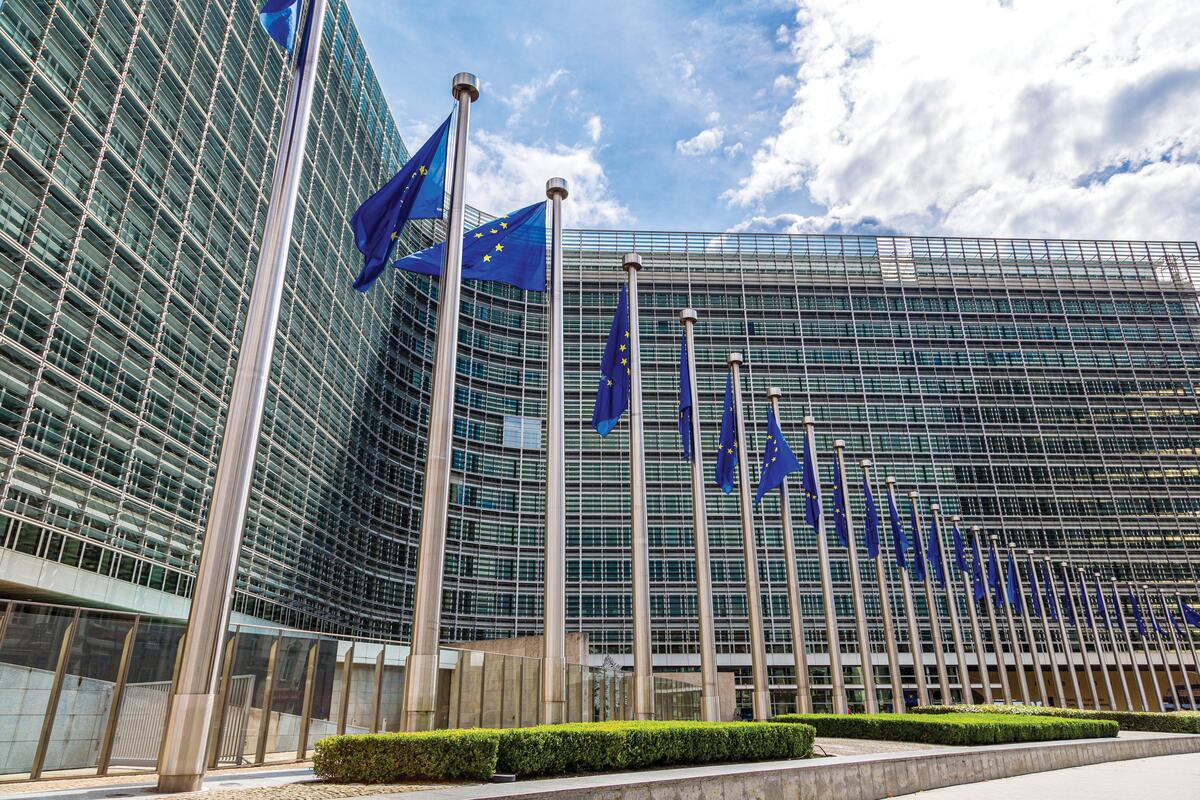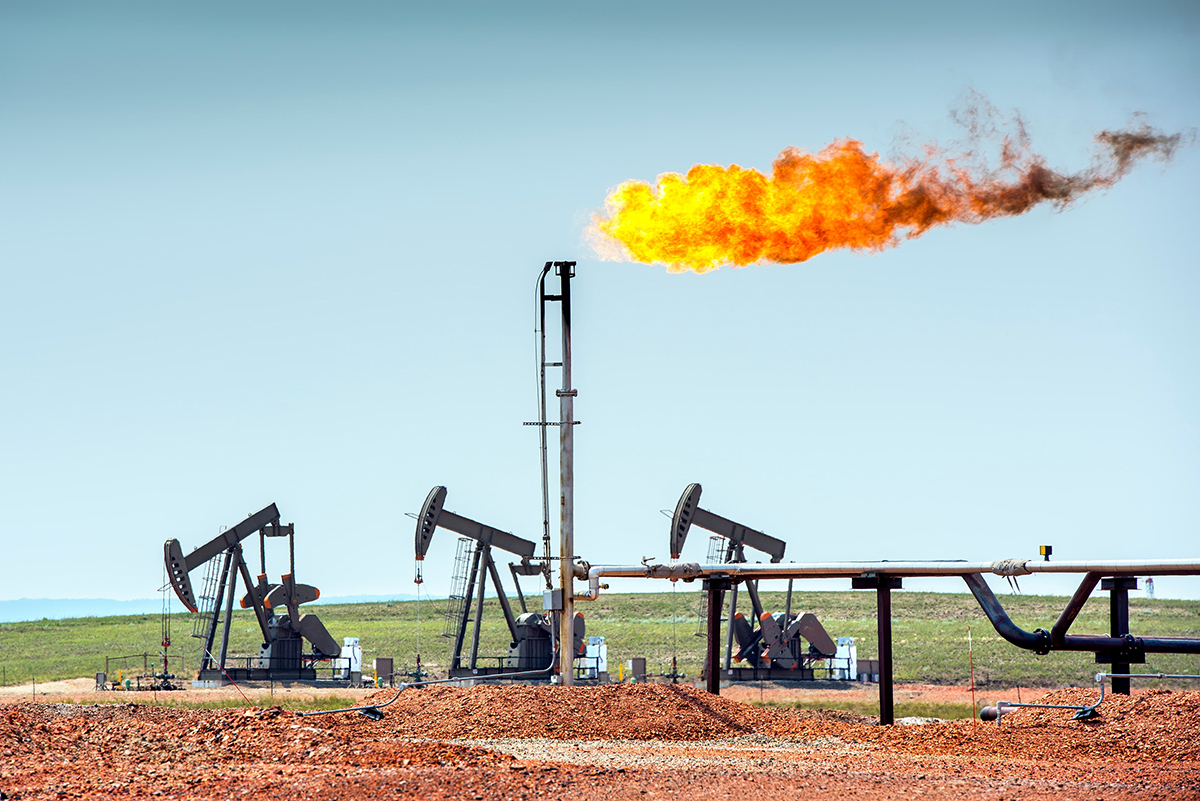Cutting methane emissions is the fastest opportunity we have to help avert our most acute climate risks, including crop loss, wildfires, extreme weather and rising sea levels.
Thanks in large part to EDF’s persistent push on three critical fronts, we’re well-poised to reach our goal of reducing oil and gas methane emissions by 45% by 2030 — the same near-term climate benefit as closing one-third of all the coal plants in the world.
Now — right now — is methane's moment. But this moment didn’t materialize out of thin air. Here's a brief look back at our three-front campaign to cut methane emissions… and a look forward on where we're headed.
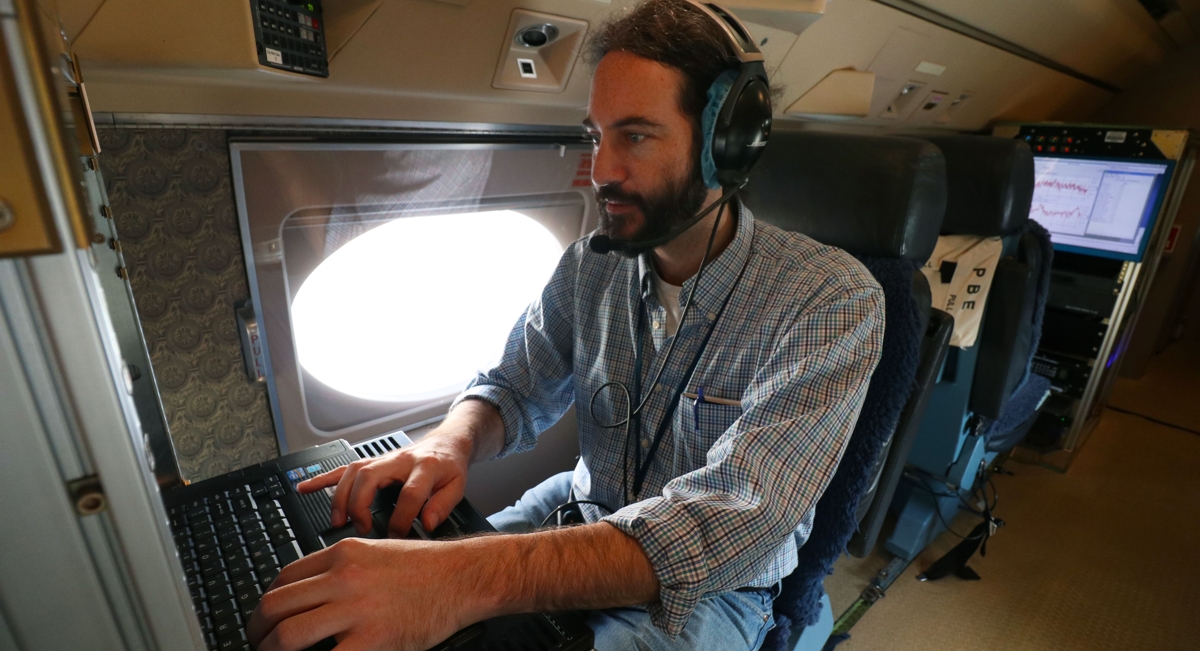
Leading with science and innovation
You can’t manage what you can’t measure. But EDF’s work in the lab, on the ground and in the sky continues to make it faster and cheaper than ever to locate, quantify and reduce methane emissions from sources including the oil and gas industry. (Methane is the main ingredient in natural gas.)
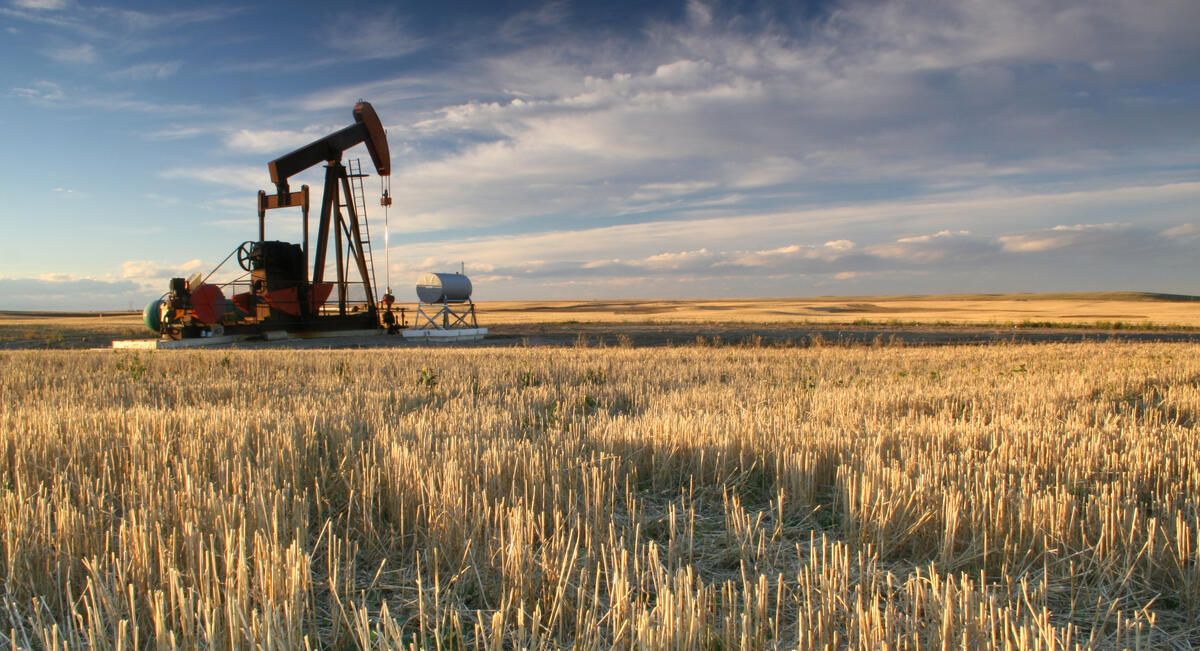
Bringing business along
The oil and gas industry is a huge source of methane pollution. Reducing methane pollution can be as simple as tightening a valve, but there are millions of oil and gas wells around the world and hundreds of thousands of miles of major pipelines. Finding and fixing these leaks is good business (lost gas equals wasted money) and critical for the planet.
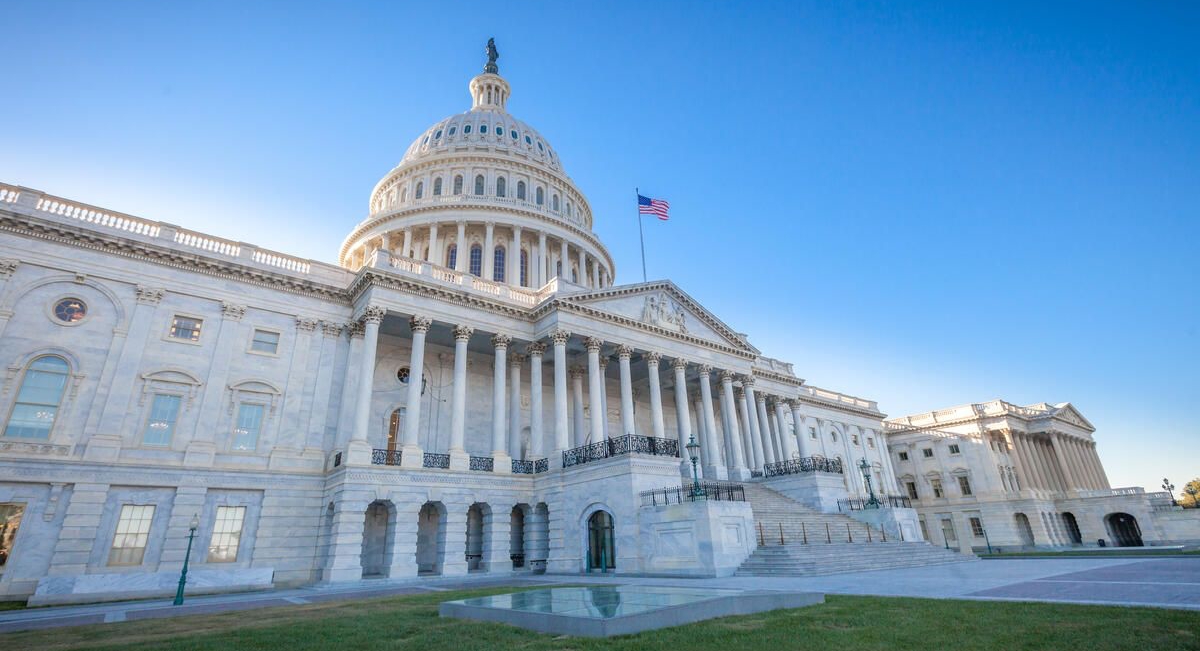
Forging policy to drive change
Science alone won’t mitigate the impact of methane emissions. Neither can business. Stronger state and federal policies are needed to drive change and level the playing field. As the world’s largest oil and gas producer, the United States has both an opportunity and a responsibility to lead the way.











